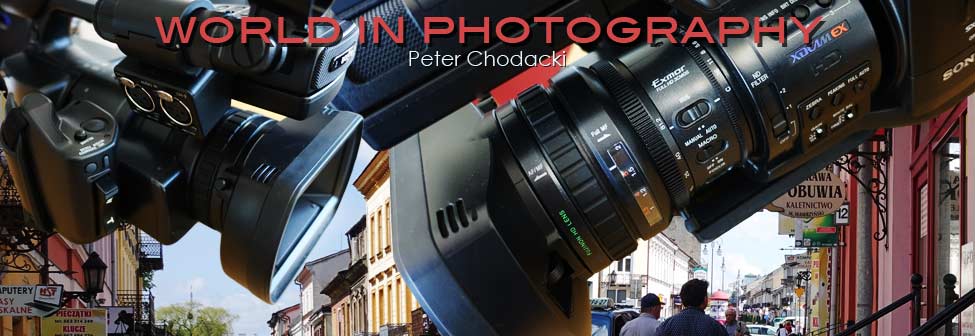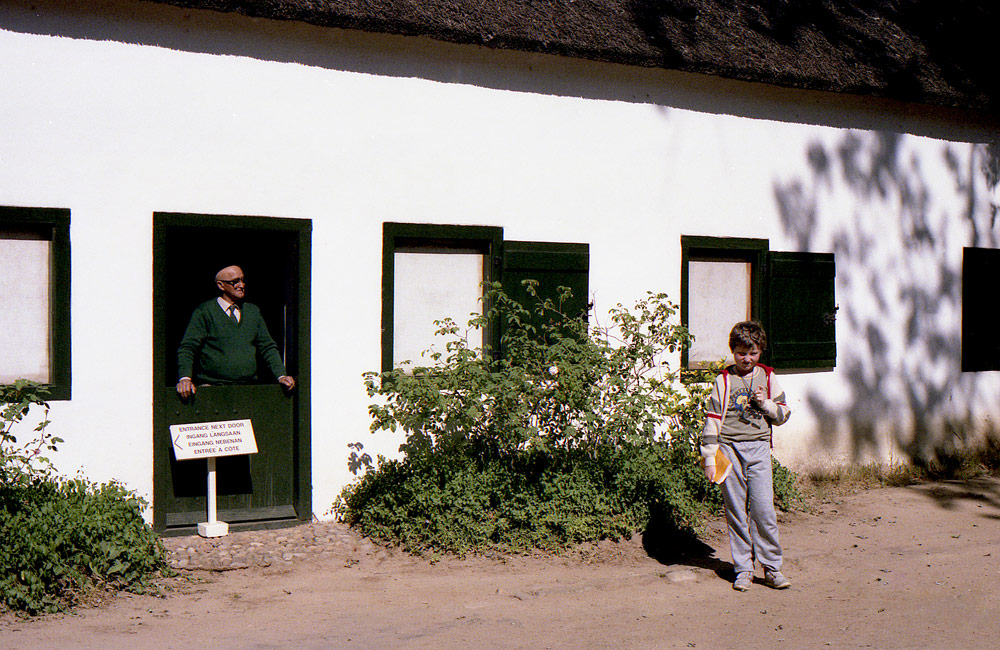
Typical Cape Dutch style house in Stellenbosch
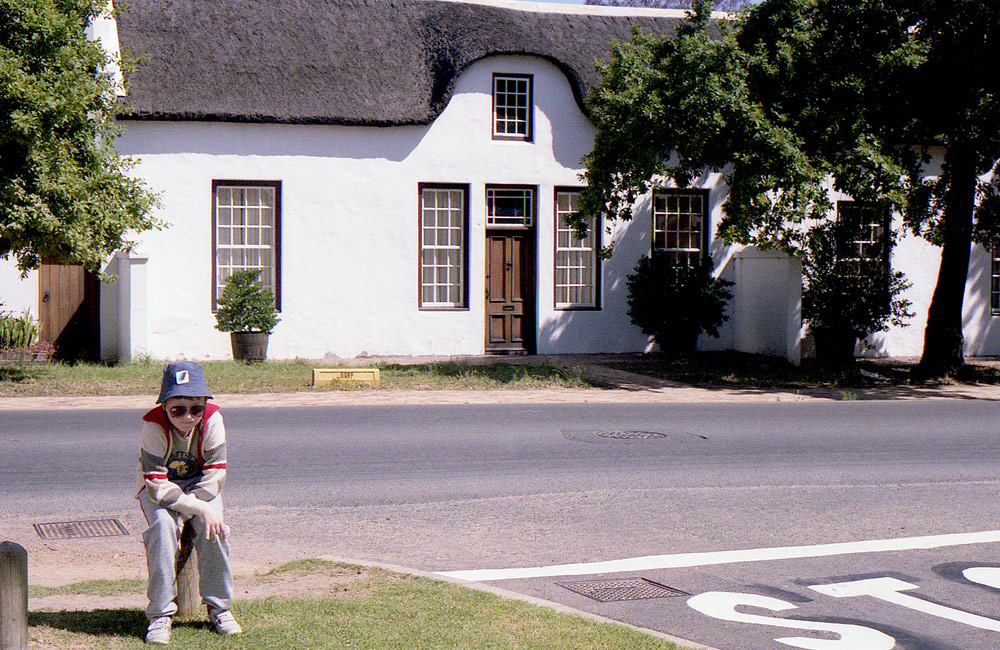
STELLENBOSCH 80's
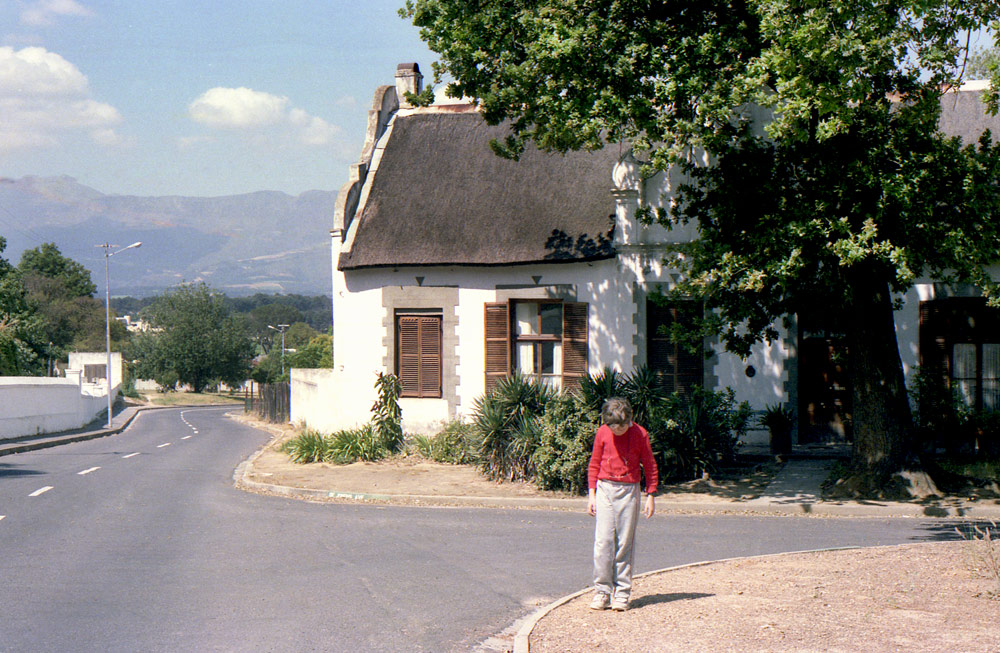
The town was founded in 1679 by the Governor of the Cape Colony, Simon van der Stel, who named it after himself– Stellenbosch means "(van der) Stel's Bush". It is situated on the banks of the Eerste River ("First River"), so named as it was the first new river he reached and followed when he went on an expedition over the Cape Flats to explore the territory towards what is now known as Stellenbosch. The town grew so quickly that it became an independent local authority in 1682 and the seat of a magistrate with jurisdiction over 25,000 square kilometers (9,700 sq mi) in 1685.
The Dutch were skilled in hydraulic engineering and they devised a system of furrows to direct water from the Eerste River in the vicinity of Thibault Street through the town along van Riebeeck Street to Mill Street where a mill was erected. Early visitors commented on the oak trees and gardens.
During 1690 some Huguenot refugees settled in Stellenbosch, grapes were planted in the fertile valleys around Stellenbosch and soon it became the centre of the South African wine industry.
In 1710 a fire destroyed most of the town, including the first church, all the Company property and twelve houses. Only two or three houses were left standing. When the church was rebuilt in 1723 it was located on what was then the outskirts of the town, to prevent any similar incident from destroying it again. This church was enlarged a number of times since 1723 and is currently known as the "Moederkerk" (Mother Church).
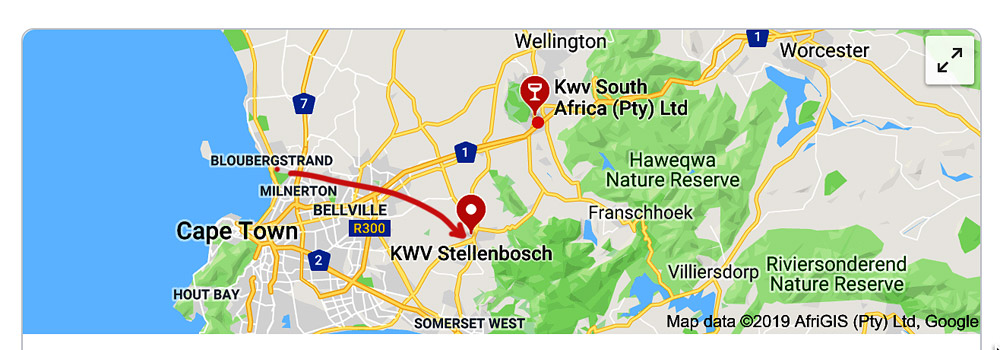
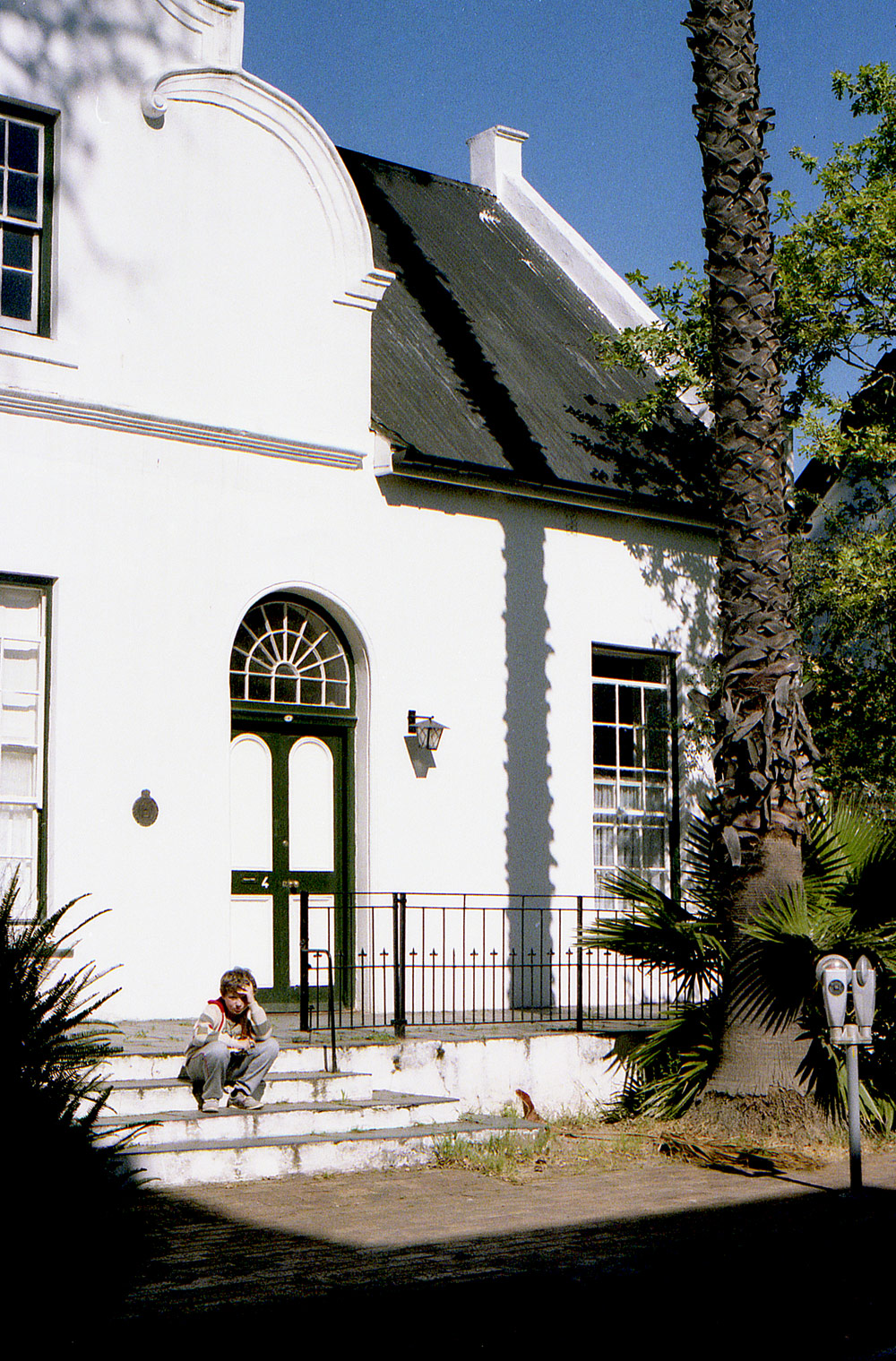
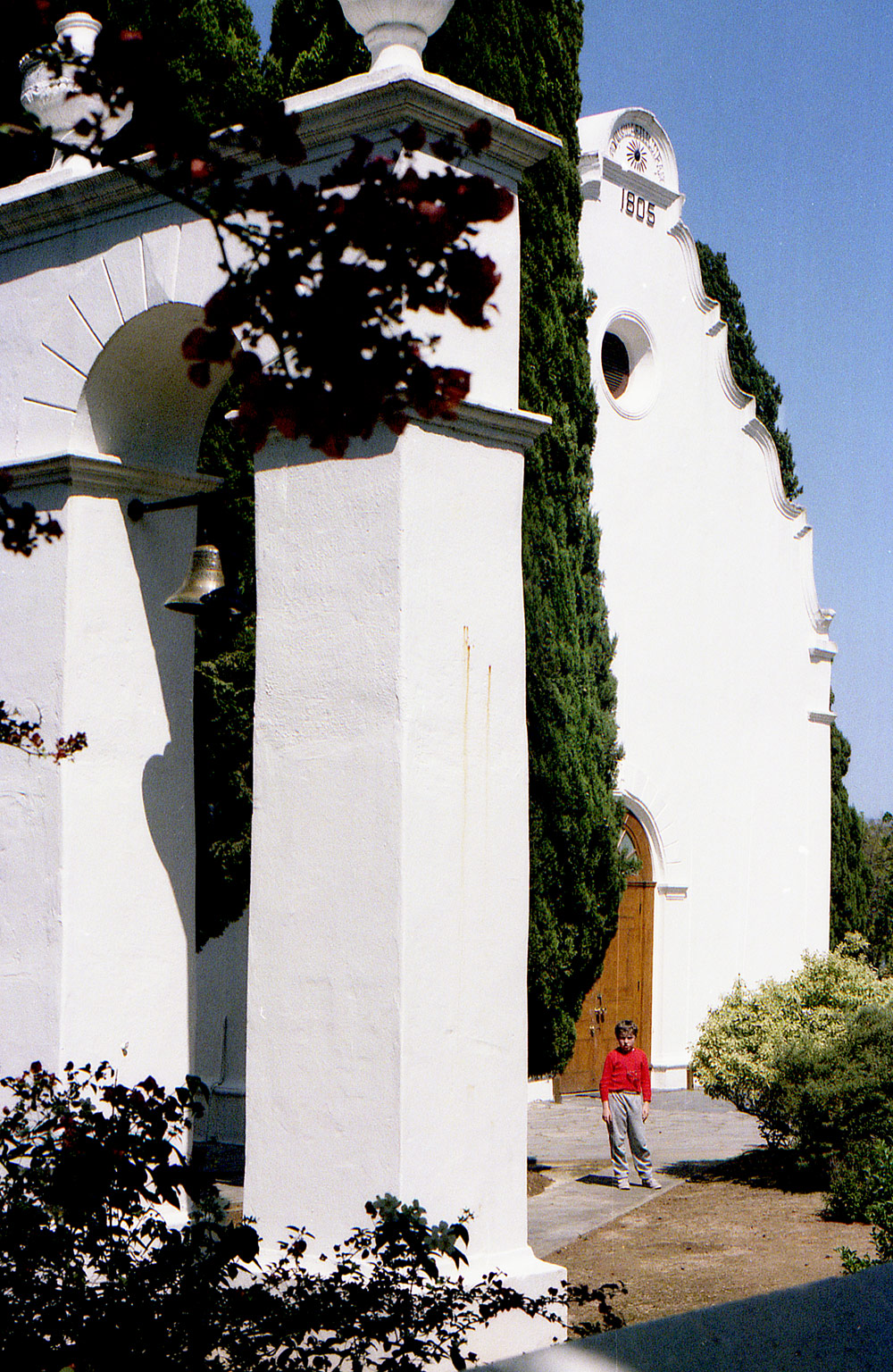
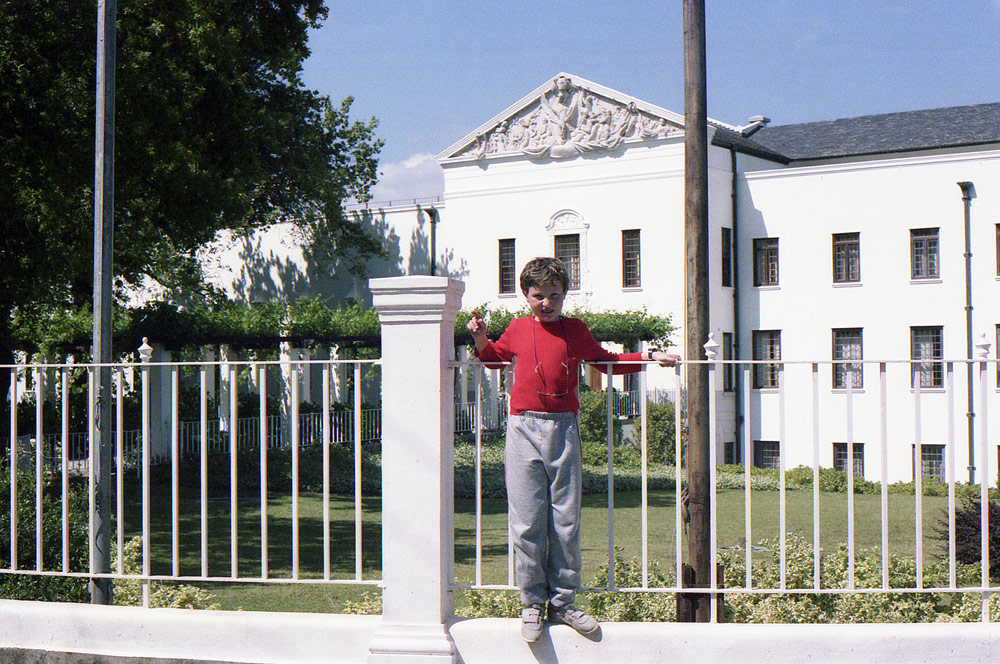
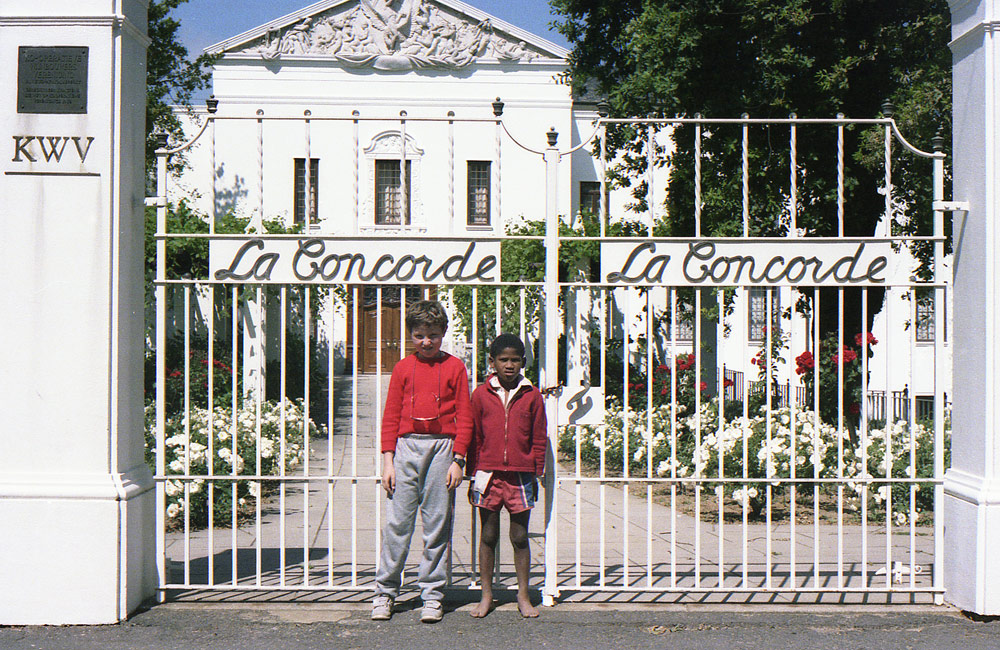
KWV is one of the leading wine and spirits producers in South Africa and has a distinguished heritage, celebrated around the globe, of product innovation and exceptional brands. These include Roodeberg, KWV Wines & KWV Brandies, and Laborie.
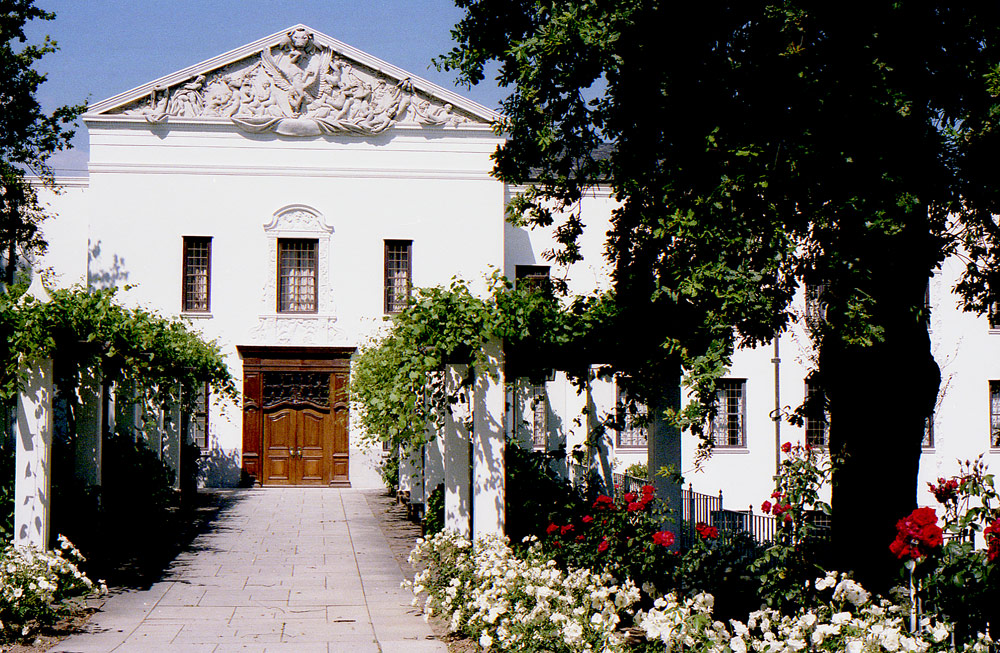
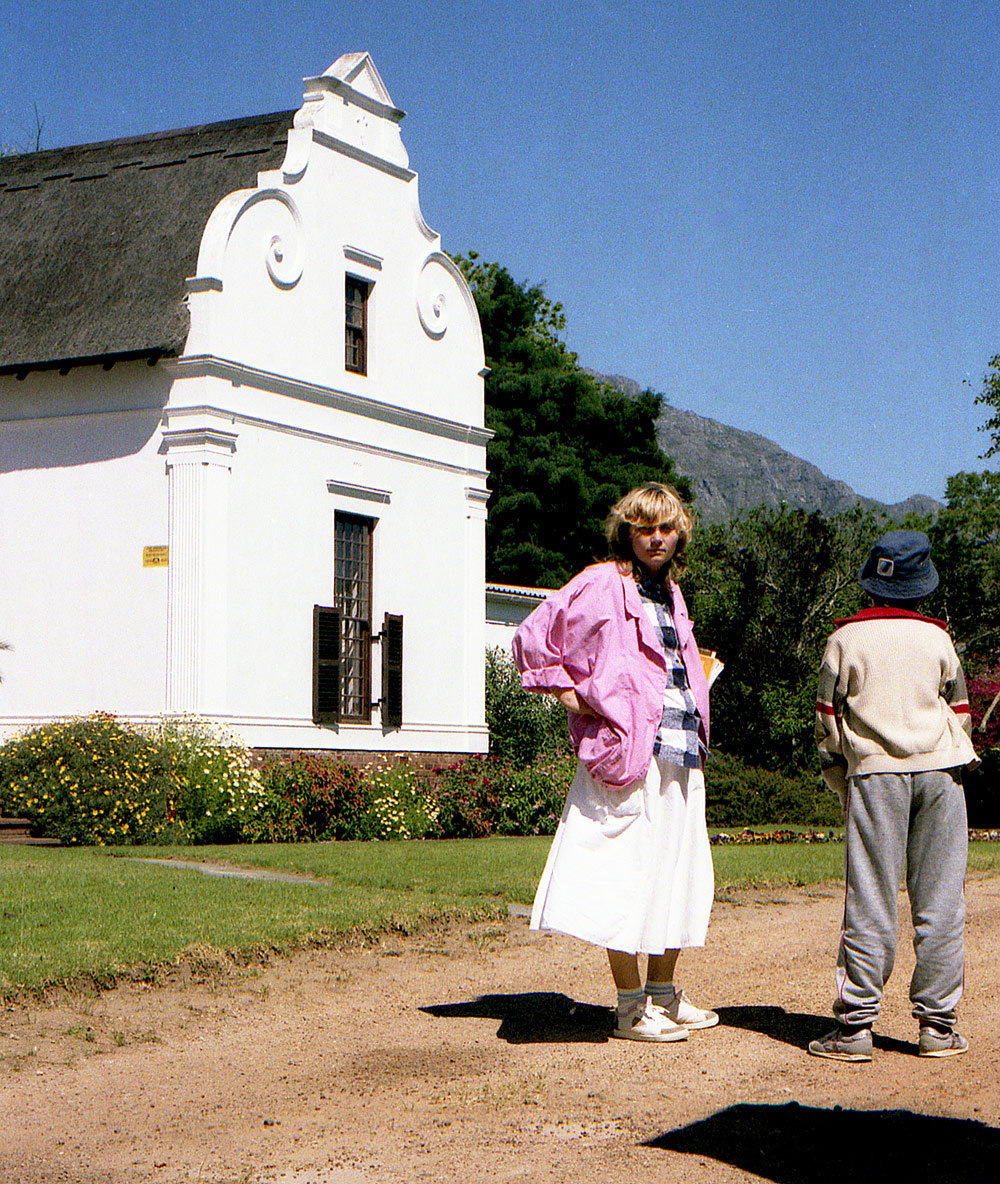
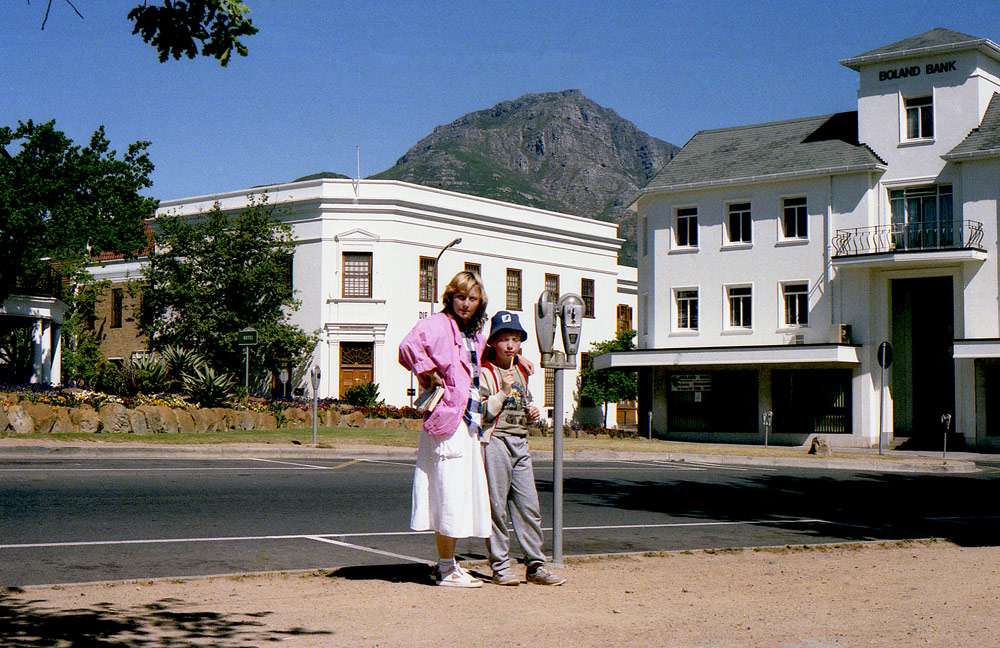
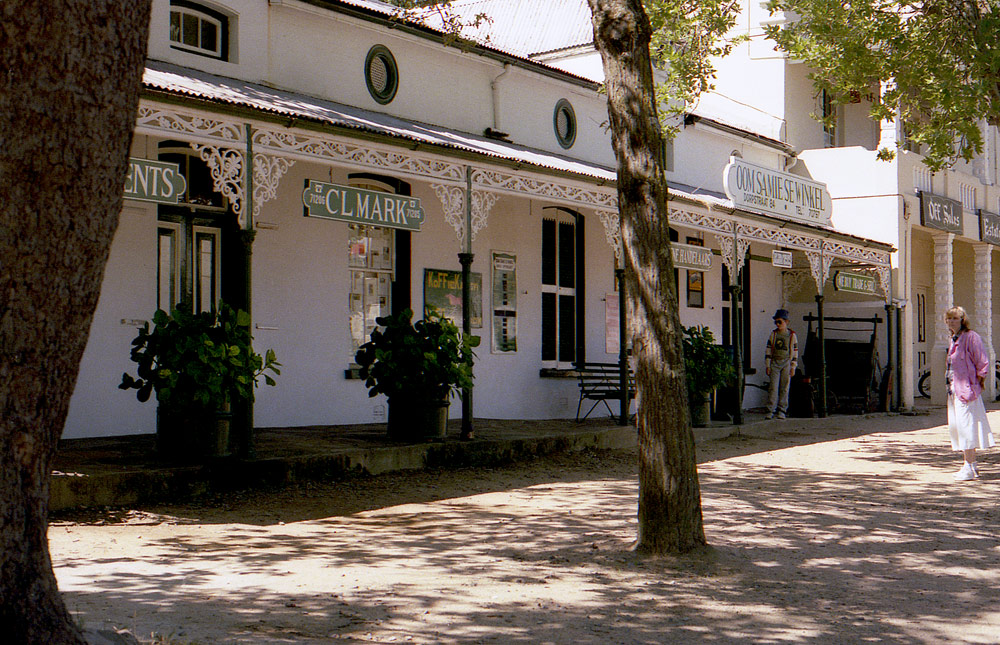
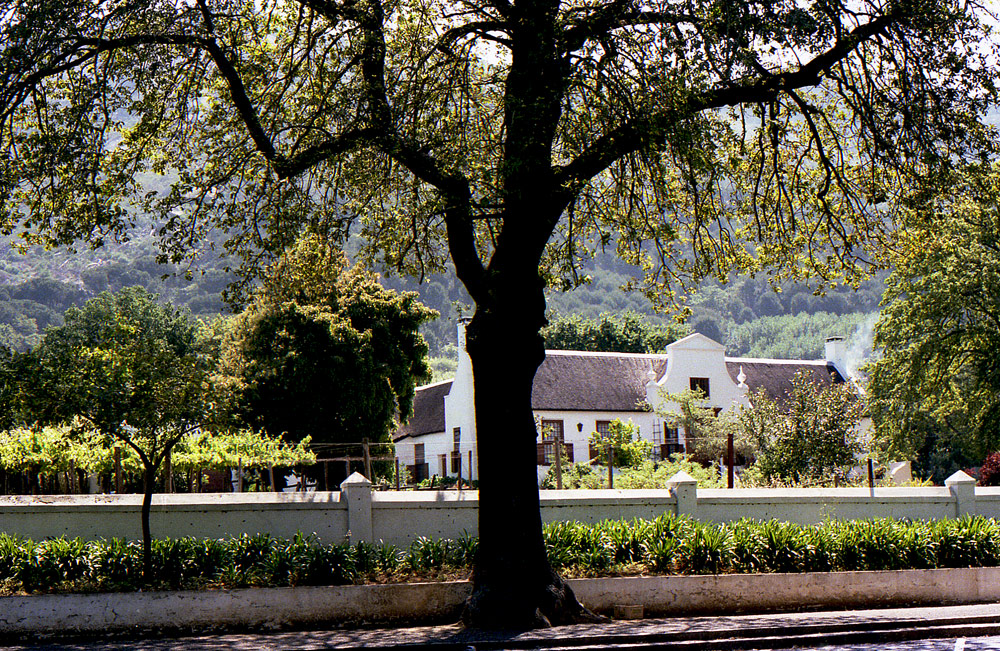
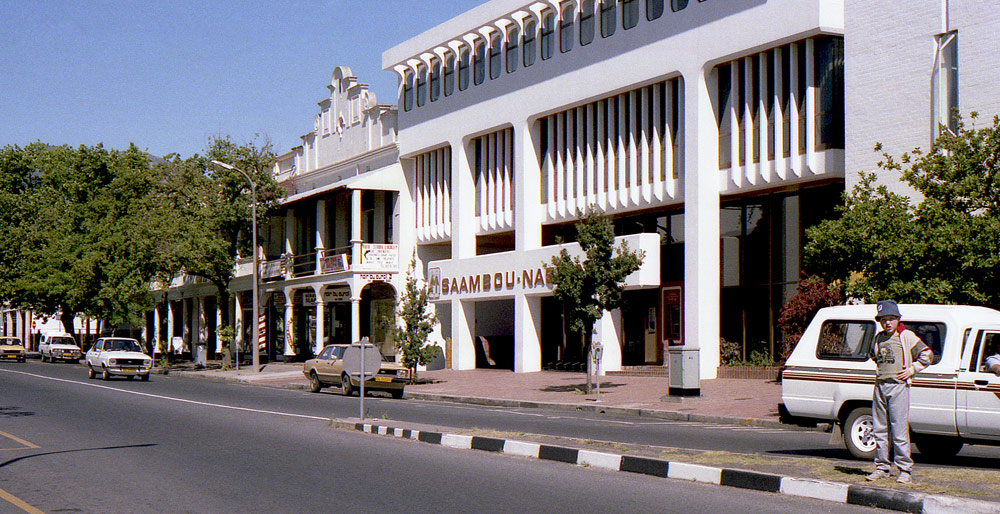
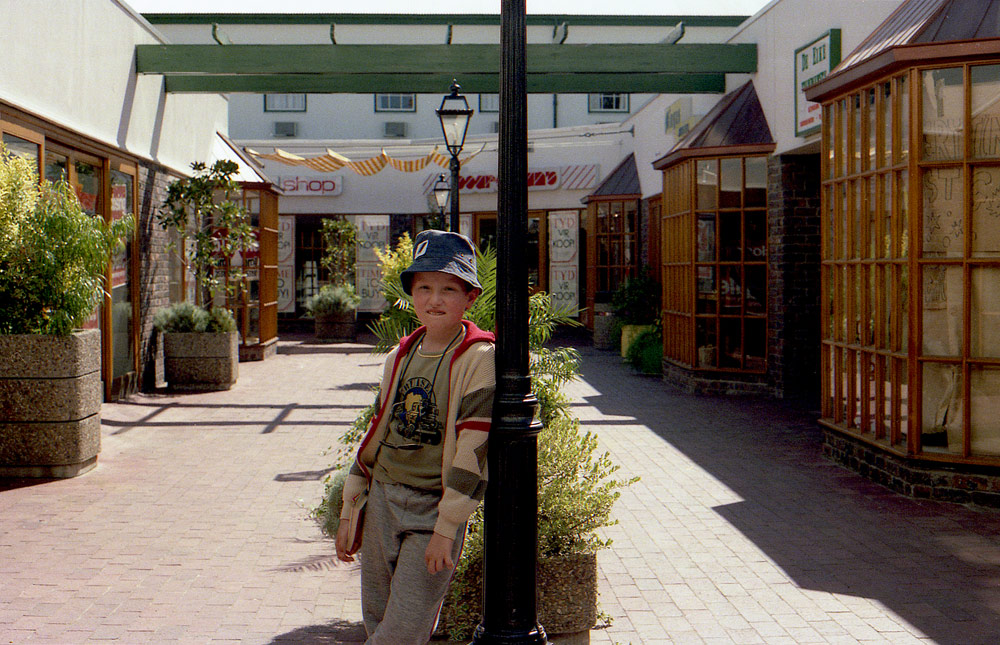
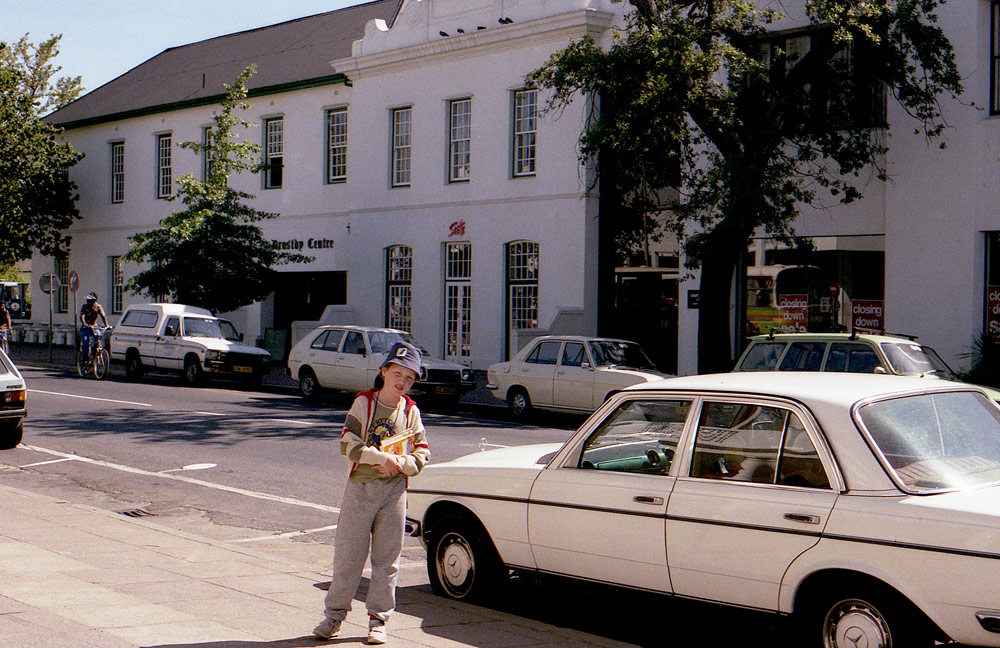
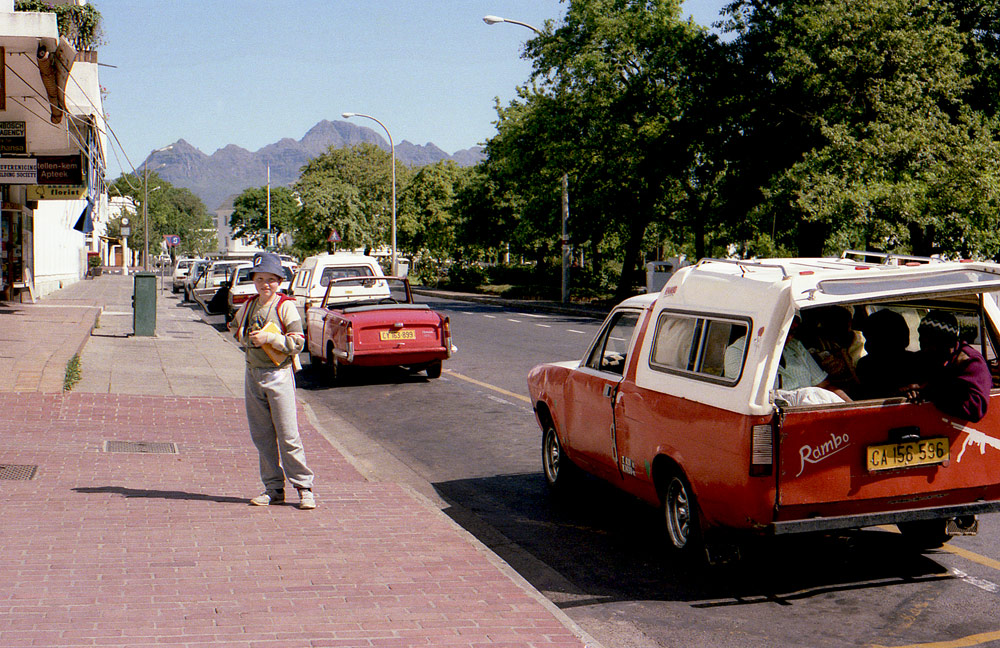
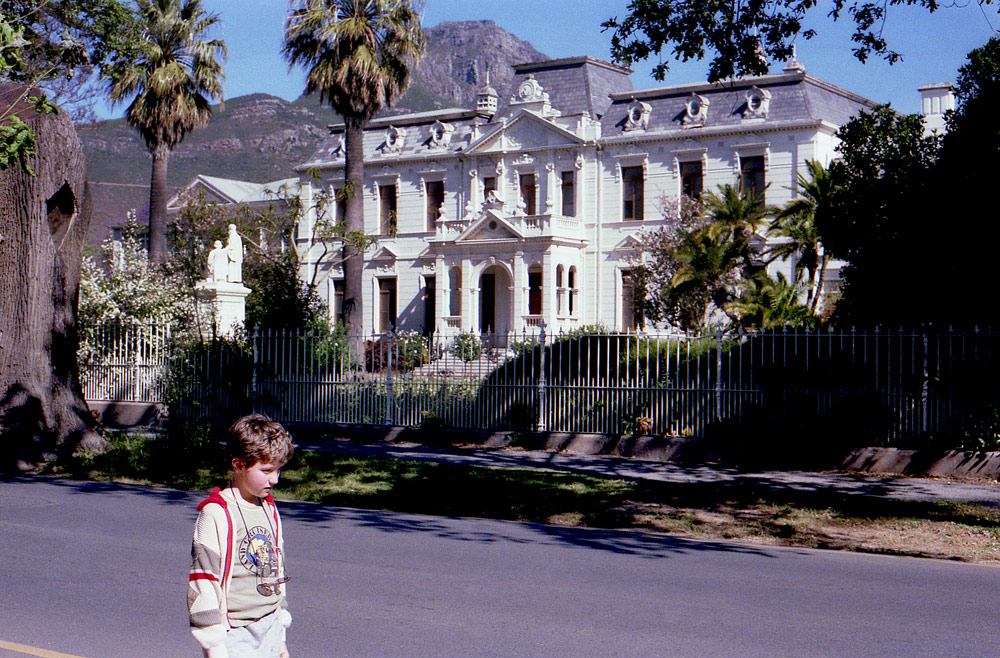
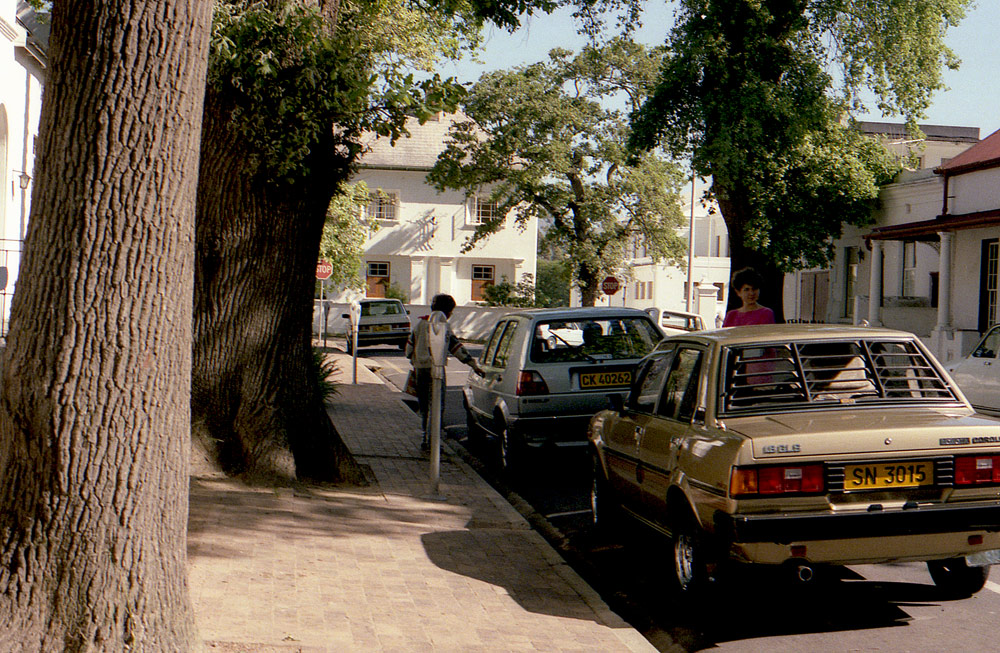
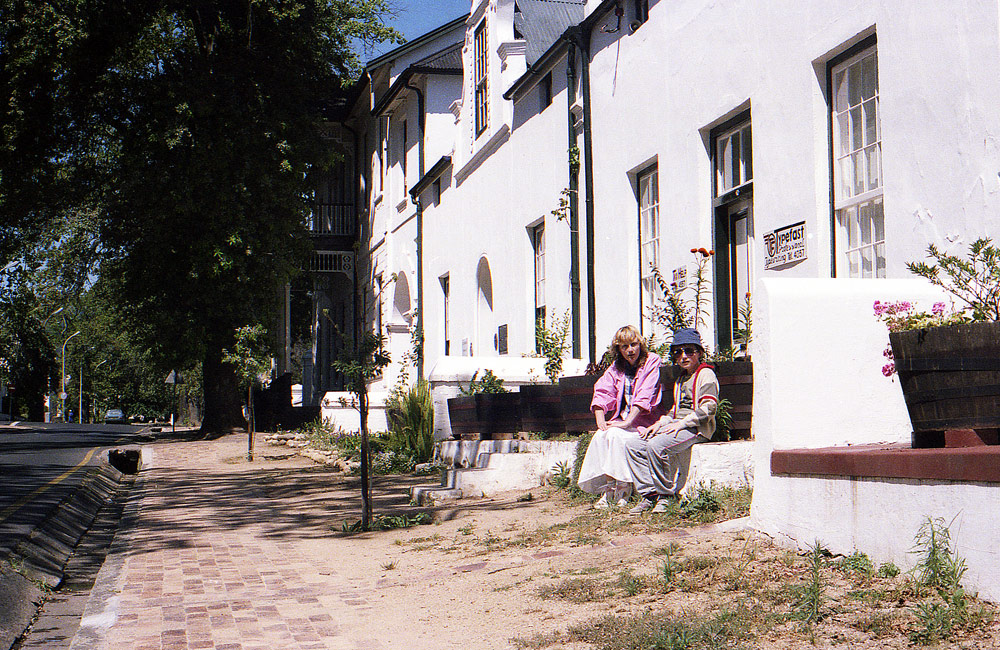
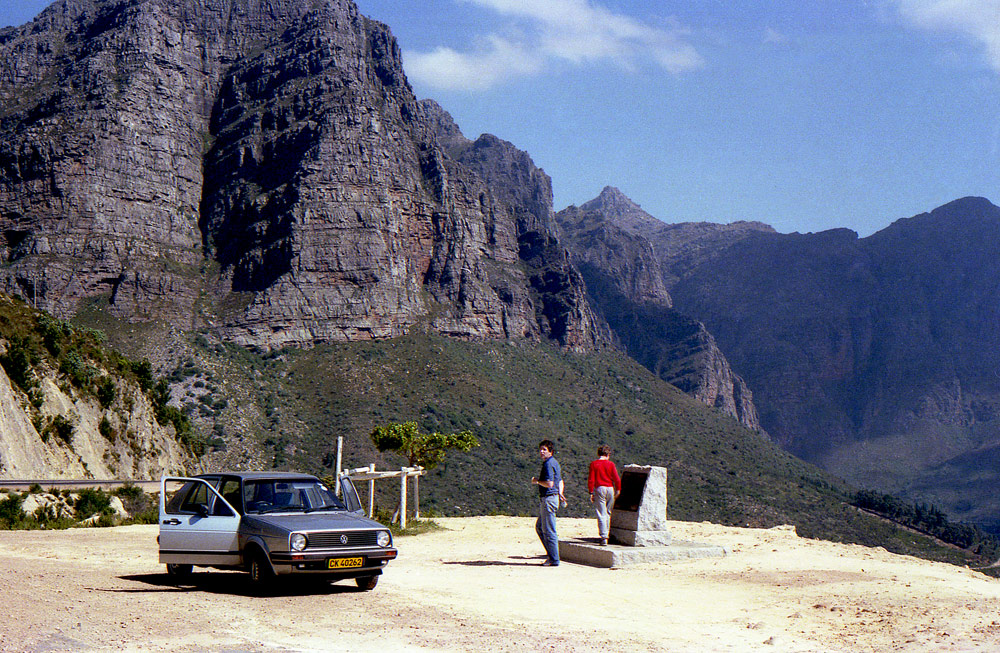

Stellenbosch, South Africa's second-oldest urban area (town), with Great Drakenstein and Stellenbosch Mountains beyond.
Racial makeup (2011)
• Black African 15.6%
• Coloured 16.3%
• Indian/Asian 0.9%
• White 65.6%
• Other 1.7%
At the time of the 2011 census, the population of the urban area of Stellenbosch was 77,476 people in 23,730 households. 50% of the residents spoke Afrikaans as their home language, 28% spoke isiXhosa, and 8% spoke English. (10% of the residents, principally those in student residences, were not asked their language.) 37% of the population identified themselves as "Black African", 35% as "Coloured", and 26% as "White".
The Stellenbosch Municipality extends beyond the town of Stellenbosch itself to include rural areas, villages, and the town of Franschhoek. At the time of 2011 census the municipal population was 155,728, while by 2016 it was estimated to be 173,197. Wikipedia.

PHOTO B&J CHODACKI STELLENBOSCH 80's RPA.
